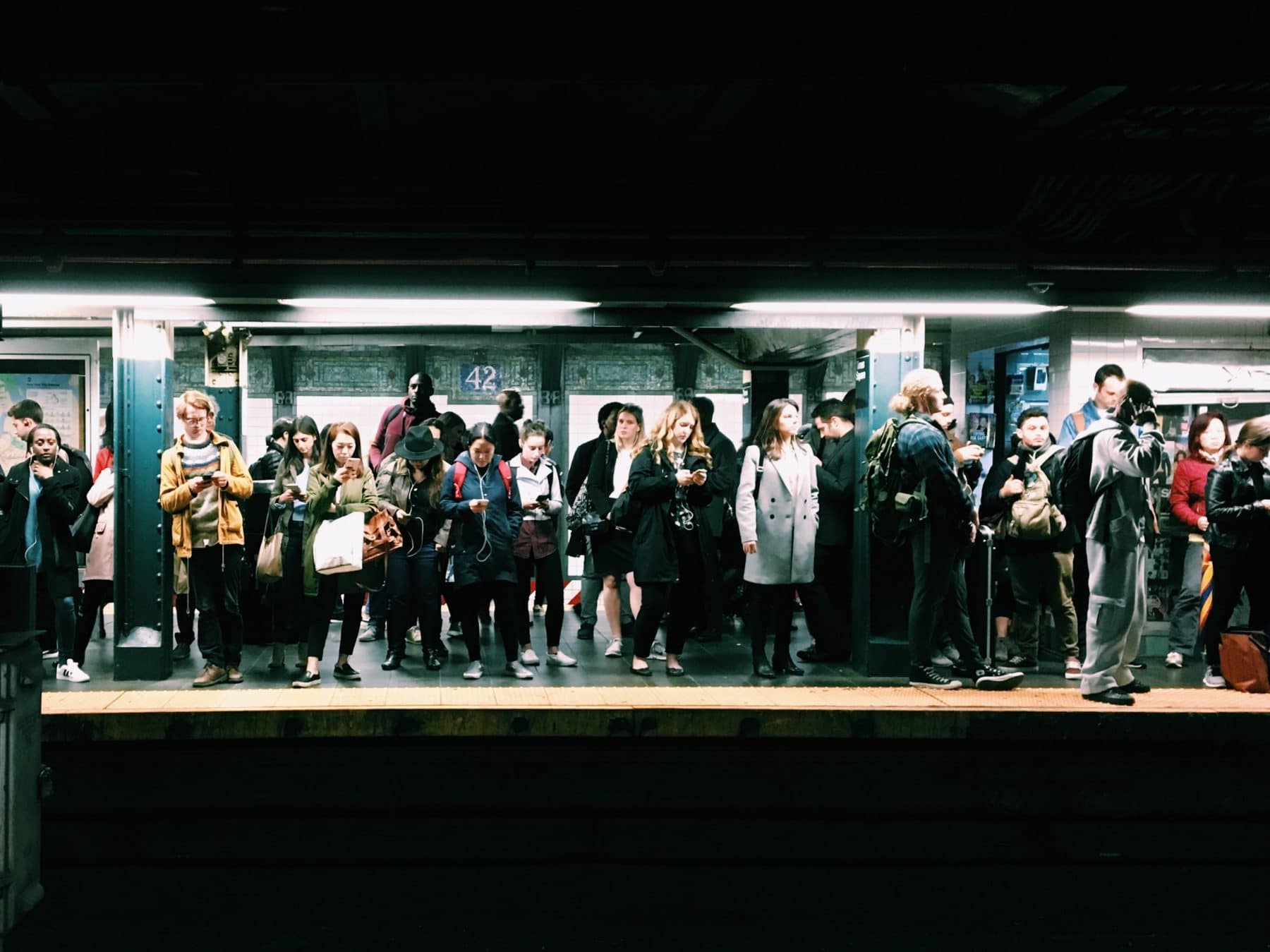In September, the Metropolitan Transportation Authority (MTA), which operates public transit in New York City, announced its plan to hire 500 more police officers to combat fare evasion and assaults. Since then, New York police have come under renewed scrutiny for aggressive treatment of subway riders.
Two videos that went viral in October respectively showed NYPD officers pulling guns on an unarmed black man suspected of fare evasion and punching teenagers involved in a brawl. Separate subway incidents in November involved a woman being apprehended and handcuffed for selling churros, followed by a second churro vendor being handcuffed days later. Another man was violently apprehended and arrested for selling candy in a Harlem station.
The incidents have sparked outrage from elected officials and protests involving hundreds of people in the streets of Brooklyn and Manhattan.
On November 20, 24 members of the New York City Council signed a letter to Pat Foye, the chairman and CEO of the MTA. They urged the MTA to reconsider its plan to hire more police, and instead devote funds to reducing fares, offering assistance to low-income riders and reforming police training.
“Civilians’ lives are in unnecessary danger and the racially-charged tensions of youth and police officers continue to grow,” they wrote. “We believe [that our proposed] changes will result in fewer arrests, as over-policing Black and Brown neighborhoods is simply not the answer.”
New York’s hard-line response to minor subway offenses comes as it continues to neglect other issues affecting low-income and marginalized residents.
In July, Governor Andrew Cuomo commissioned a task force to address homelessness in the city’s transit systems. The MTA has said that the number of people living in the subways grew 23 percent since 2018, to over 2,100. This resulted in the MTA announcing a five-point plan to reduce homelessness on October 4. This plan includes increasing police patrols to protect subway riders, as well as expanding homeless outreach services.
But another video surfaced last month that showed police forcibly ejecting a man from a Manhattan subway station after he was found sleeping on a bench. Homelessness advocacy group Human.NYC has observed and documented instances of police harassing people sleeping on trains and benches in stations, by forcibly waking them.
“Treating homelessness as a quality-of-life issue for people who are not homeless … is just a wrong way to be looking at homelessness.”
Filter has previously reported on New York’s broader issue of homelessness and lack of affordable housing. Over 61,000 New Yorkers are homeless and sleeping in shelters on any given night—a number 63 percent higher than it was 10 years ago. And this figure doesn’t even include those sleeping in public spaces like subways.
“Treating homelessness as a quality-of-life issue for people who are not homeless, rather than a tragedy for people who are homeless, is just a wrong way to be looking at homelessness,” said Giselle Routhier, of Coalition for the Homeless. “We should be trying to help them move into housing, which should be considered a basic human necessity and right.”
As temperatures drop this winter, advocates and concerned citizens must also be on the lookout for increased police enforcement against drug use in subways. A CBS local report from November 2018 found that police had made 17 arrests and issued 150 tickets in a single month for drug use in subway stations in upper Manhattan.
Public injection is not uncommon in New York. A 2015 report by Injection Drug Users Health Alliance found that 46 percent of individuals surveyed over a three-month period reported injecting in a public location such as a subway. And public injectors were found to be about twice as likely to have been arrested or incarcerated in the past year as those who only injected in private locations. They were also more likely to report being street homeless.
Just as the city has failed to build and provide affordable housing, it has also failed to build four safe consumption spaces (SCS) that Mayor Bill de Blasio first promised in May 2018. Filter has previously reported that New York’s SCS plans are currently being delayed by Governor Cuomo as his health department conducts a review.
The MTA’s new police hires are estimated to cost $663 million over 10 years. It estimates that it lost over $215 million to fare evasion in 2018, but putting more cops in stations is no guarantee of recovering that sum. If it instead put those hundred of millions into expanding discounted riding programs like Fair Fares, it could allow more people to ride subways without fear of being harshly criminalized.
Rather than investing precious resources into more police, the city and state should make meaningful change for marginalized citizens by honoring their promises to build affordable housing and harm reduction.
Photo by Eddi Aguirre via Unsplash.




